Situational Analysis Procedure Template Word
The Situational Analysis Procedure Template Word is a comprehensive tool designed to help businesses analyze their current situation and identify areas for improvement. This template is perfect for businesses of all sizes and industries, and it can be easily customized to meet your specific needs.
The Situational Analysis Procedure Template Word includes a step-by-step guide to conducting a thorough analysis of your business, including an assessment of your strengths, weaknesses, opportunities, and threats. This template also includes a SWOT analysis template, which can be used to identify the internal and external factors that are affecting your business.
With the Situational Analysis Procedure Template Word, you can easily identify areas where your business is excelling and areas where you need to improve. This template will help you develop a clear understanding of your business’s current situation, which will enable you to make informed decisions about how to move forward.
The Situational Analysis Procedure Template Word is easy to use and can be customized to meet your specific needs. Whether you are a small business owner or a large corporation, this template will help you gain a better understanding of your business and develop a plan for success.
Overall, the Situational Analysis Procedure Template Word is an essential tool for any business looking to improve its operations and achieve long-term success. With this template, you can conduct a thorough analysis of your business and develop a plan for improvement that will help you achieve your goals.
Situational Analysis Procedure
The purpose of the Situational Analysis Procedure is to develop an understanding of where and how your company is situated and how it interacts with the business environment. The situation analysis policy realistically evaluates your company’s current situation and prospects in order to develop a meaningful business and marketing strategy.
The Situational Analysis Procedure also helps you know where your company stands, where it wants to go, and how it is going to get there, leveraging its strengths and correcting or minimizing its weaknesses.
The Situational Analysis Procedure applies to your company’s President/CEO, the marketing manager, and sales manager. (12 pages, 1988 words)
Strengths and weaknesses, when compared and contrasted with opportunities and threats, offer meaningful insight into the company’s condition and potential. The value of situational analysis lies in bringing all this information together, helping the company evaluate and prioritize critical issues.
Situation Analysis Responsibilities:
The CEO (Chief Executive Officer) is responsible for ensuring the situational analysis is appropriate for developing marketing and sales strategies.
The Strategy Team is responsible for gathering information on the company’s situation, analyzing the information, and preparing and presenting a situational analysis report.
Situation Analysis Definitions:
Situational analysis – An in-depth process for developing an understanding of the needs of the customer, which involves a combination of data gathering techniques conducted from a variety of internal and external perspectives; a methodology used to aid the organization’s strategic planning process; identifying, evaluating, and planning around the organization’s strengths, weaknesses, opportunities, and threats. Also known as a “SWOT analysis.”
SWOT – Stands for “Strengths, Weaknesses, Opportunities, and Threats,” aspects of a situational analysis.
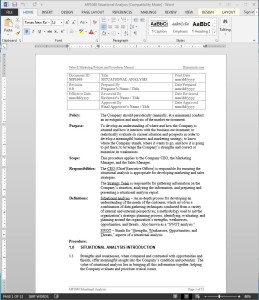 Situational Analysis Procedure Activities
Situational Analysis Procedure Activities
- Situation Analysis- Introduction
- Assessing the company’s Situation
- Scoring Attributes
- Analyzing the Data
- Situation Analysis Report
Situational Analysis Procedure Forms
Today, even the smallest companies are quickly becoming very complicated workplaces. As a business leader, you must cope with rising taxes, increasing regulations, growing competition, a struggling economy, increasing technological complexity, and even the mounting threat of violence and fraud in your workplace.
The consequences? The old rules of growing a business aren’t effective and the new rules are more complex than ever. With all of this going on, how can you reduce complexity in your business? A Situational Analysis Procedure is one way, what are others?
A Look at the Facts
- Regulations affecting small businesses are up 36% over the past five years alone. Business owners must contend with an alphabet soup of regulations: OSHA, FMLA, FLSA, HIPAA, FCRA, ADA, ERISA, ECOA, FDCP, FCBA, IRCA, TILA, EPPA, ADEA, and so on.
- Competition is intensifying at an accelerating pace. By century’s end, America’s share of world gross domestic product declined to roughly 20% from a high of 40% at the end of World War II. Customers now demand ever-improving quality (ISO 9001), innovation, pricing, and just-in-time delivery — demands that stress smaller businesses that are already running flat out.
- As recent as ten years ago, few small businesses used accounting software or had a local area network and most certainly did not have email or a website. Today, this is common. But now, so are issues of acceptable Internet use, information security, training, or software piracy.
- One in twenty workers are physically assaulted, one in six workers are sexually harassed, and one in three workers are verbally abused in the work force, each year. Now add the events of 9/11 and there is a heightened sense of fear in business today. But, OSHA requires that all businesses with employees, large and small, provide a safe and healthy workplace.
Many agree that the business world has undergone a clear and definite paradigm shift. Now, with the wealth of opportunities that accompany a globalizing economy, there arises not only an accompanying proliferation of hazards but also an expanding universe of compliance and detail. The longer a small business lives, the greater the complexity. Thus, the harder it is to reduce complexity.
And this phenomenon taxes small businesses, which are typically resource constrained, more than large ones. In sum, for small businesses today there is much more to gain, much more to keep track of and comply with, and much more to lose, than ever before.



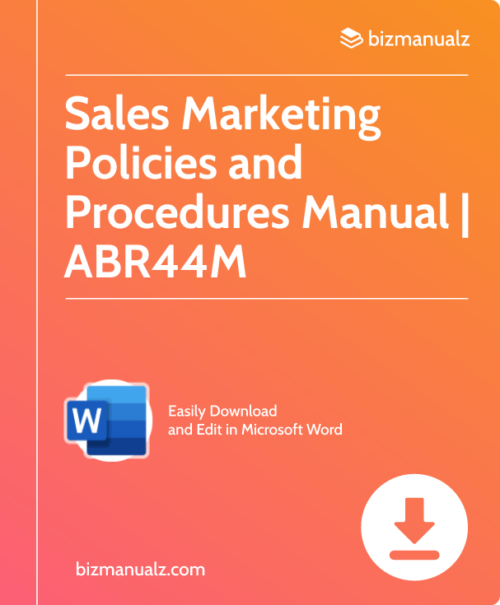
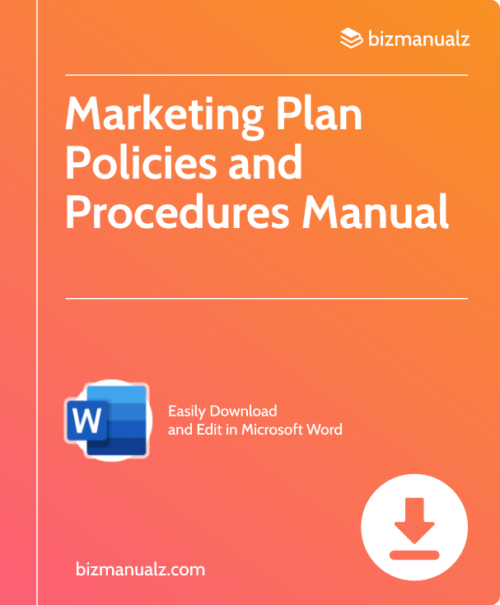
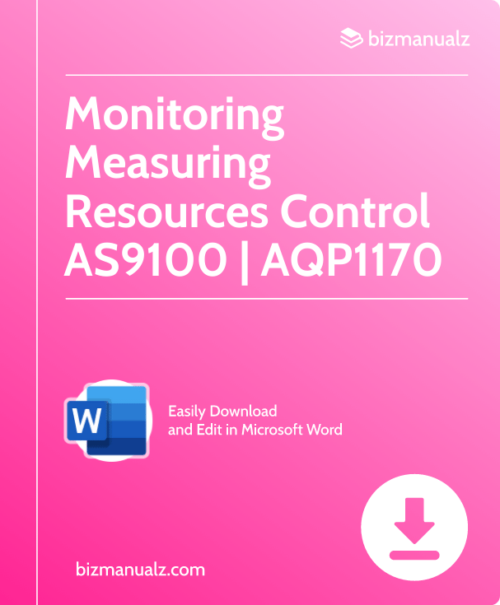



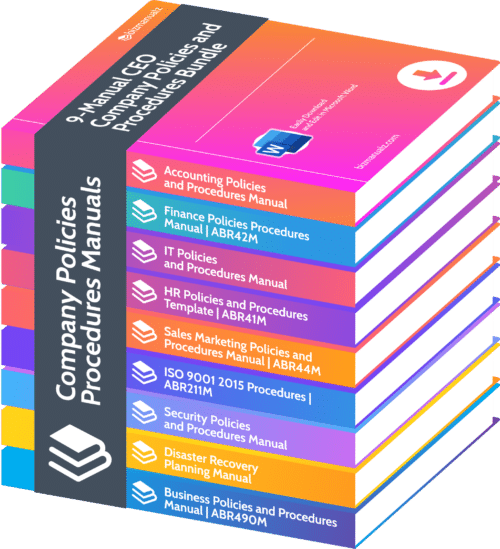
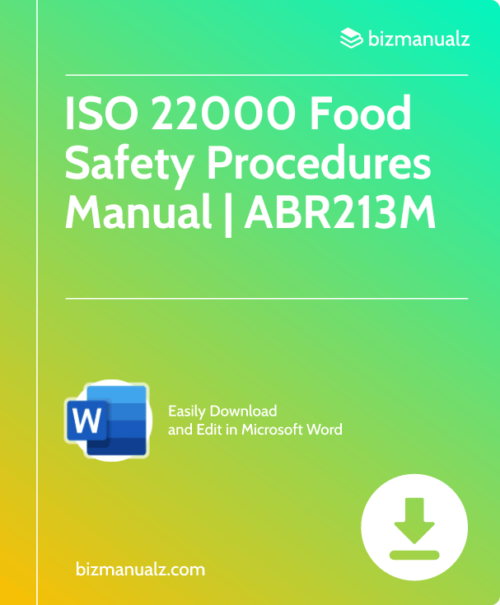









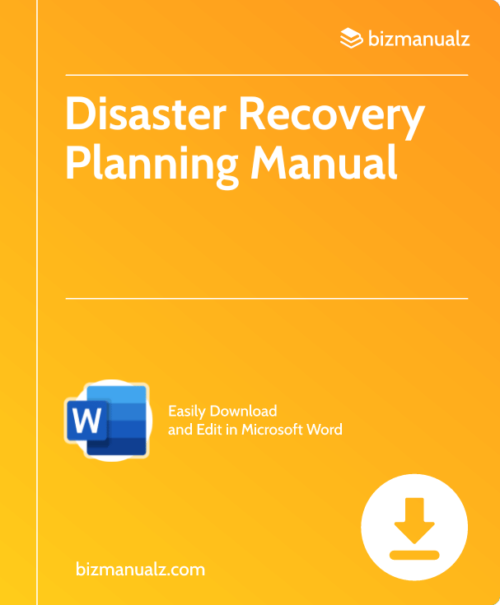

Reviews
There are no reviews yet.